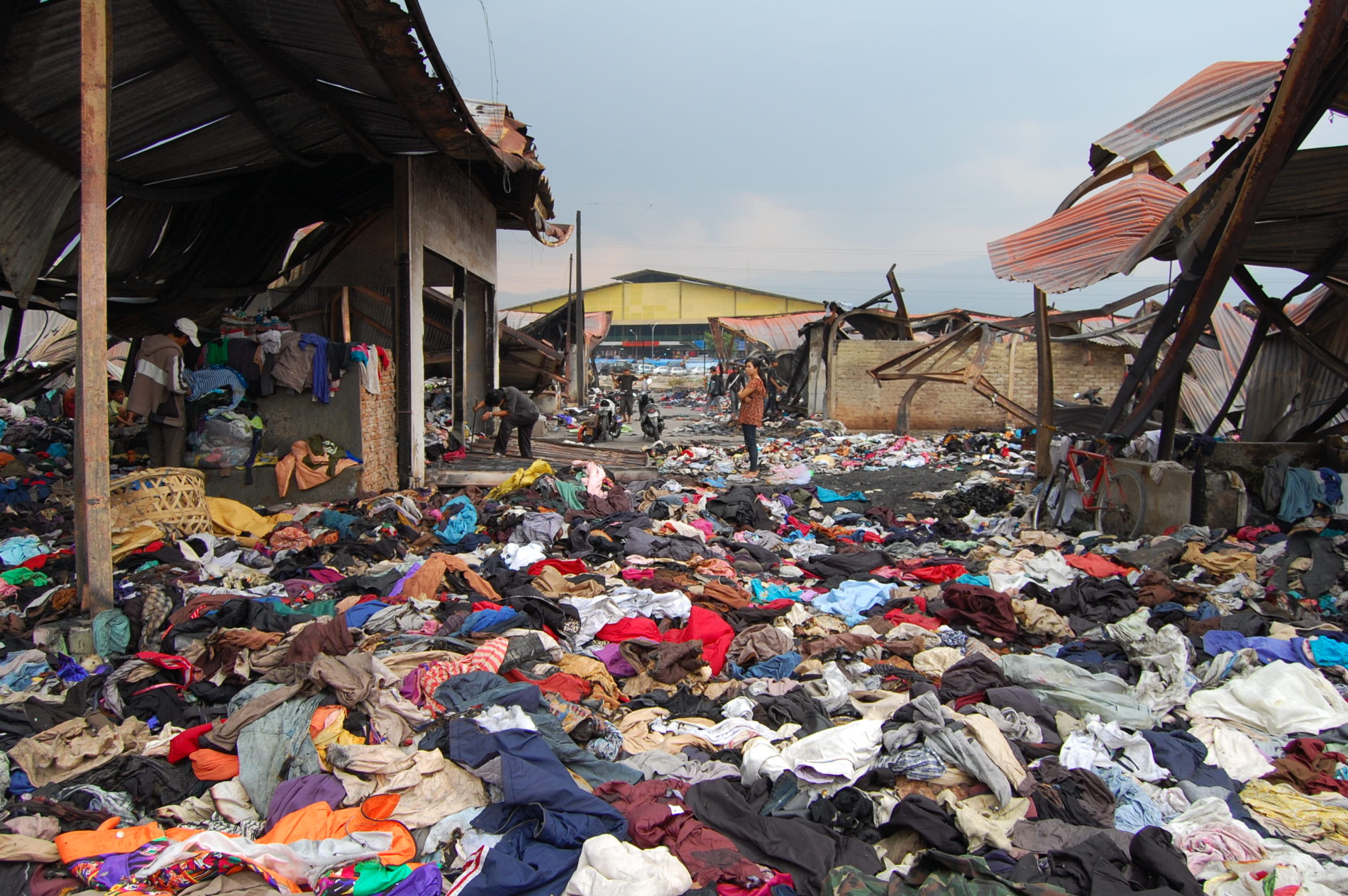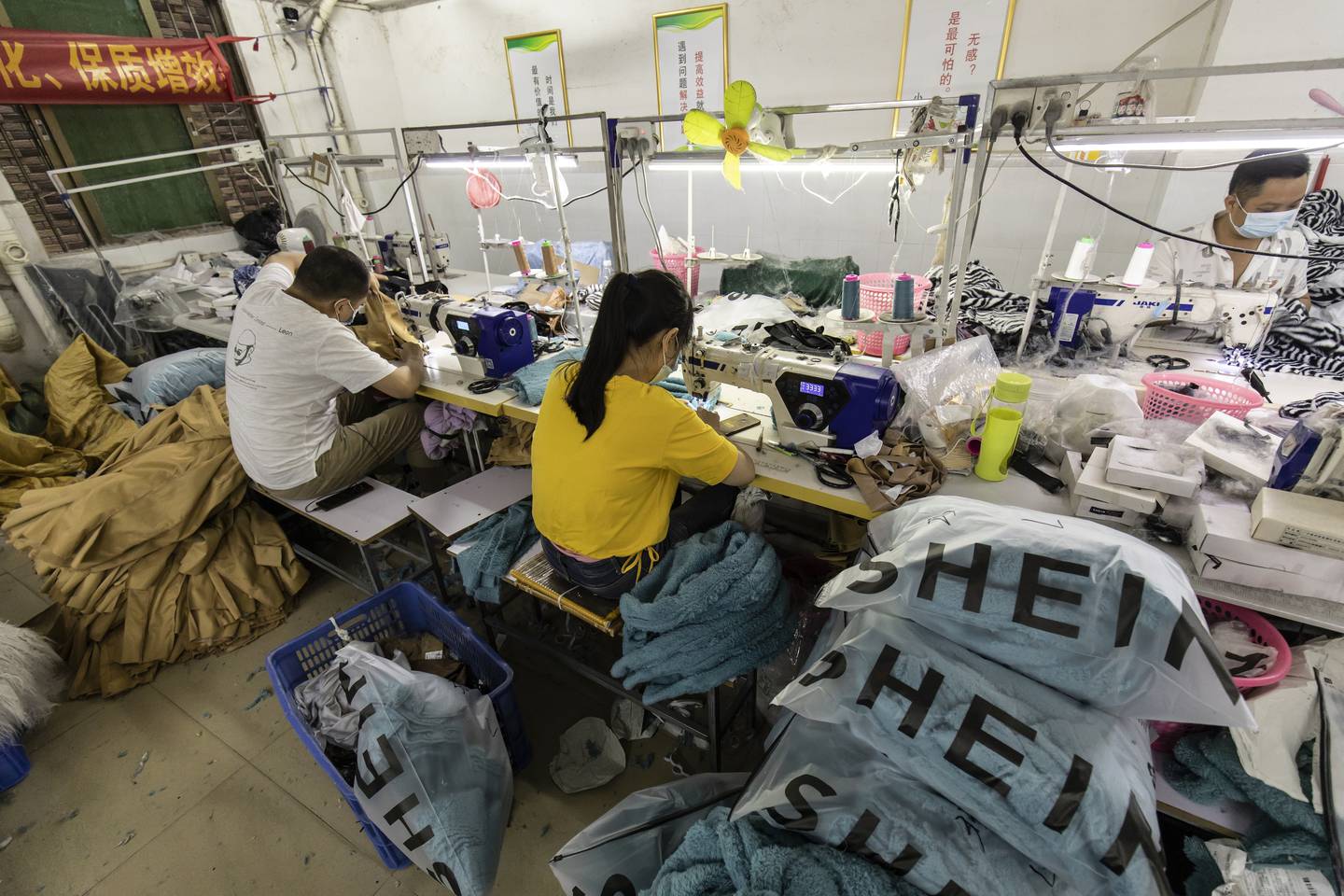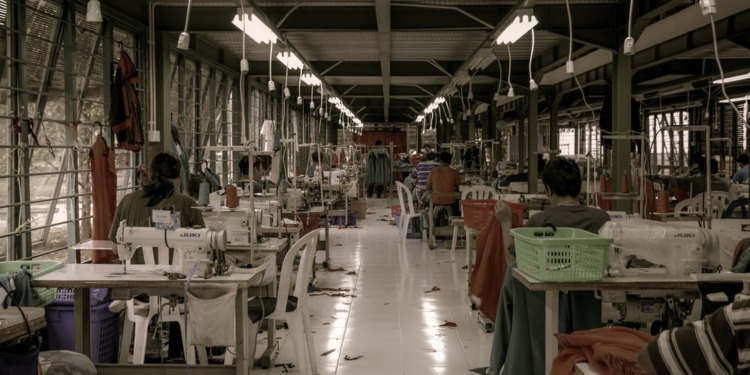Some of you may have heard of “fast fashion,” and some may be wondering. What exactly is this buzz phrase all about? How is the planet paying the price by just producing clothing? Is everyone just being dramatic?
Fast fashion is all about design, production, and marketing strategy that focuses on creating large quantities of clothing in a short period of time. By using trend replication and low-quality materials, fast fashion provides low-cost “trendy” garments to the final customer.
Have a great weekend! Here are some Fast Fashion facts
As well as some environmentally friendly fashion habits to practice
pic.twitter.com/78UC3OIMXc
— Brandon Environment (@BdnEnviroCom) July 22, 2022
“Trendy & good for your wallet” may seem attractive if you didn’t realise the bitter truth behind fast fashion. Just like Ron Weber once said, “If it is too good to be true, it is probably a fraud.”
From the catwalk runways to exploiting the advantages of the mainstream, these low-cost, fashionable items have resulted in an industry-wide shift toward excessive consumption. This is bad for the environment, the people who make clothes, animals, and, in the end, the customers’ wallets.
Leaving much to be desired, those fast fashion products are sometimes discarded after only a few wears, driving down the quality of the garments as well as the price. Without any doubt, the workers are paid far less than the minimum wage.
“Fast fashion is not free. Someone, somewhere is paying the price,”
– environmental journalist Lucy Siegle.
Fast fashion is now culprit number one among the industries causing environmental destruction and climate change. Characterized by rapid production driven by a need to follow trends and low quality that results from competitive pricing, fast fashion, though it may seem unbelievable, is behind the mountain of new clothes produced to satisfy vanity, up to 100 billion new garments every year.

Toxic chemicals, hazardous colours, and synthetic materials used by the fast fashion brands such as Boohoo infiltrate water systems, and 11 million tonnes of clothing are discarded in the United States alone each year.
These clothes, which contain lead, pesticides, and a slew of other pollutants, seldom degrade. Instead, they end up in landfills, where they release pollutants into the environment.
Fast fashion is one of the biggest sources of carbon, along with industries like oil and air travel.
Furthermore, unsafe working conditions in garment manufacturers throughout the world have sparked considerable outcry in recent years. Garment workers are frequently subjected to severe labour violations. These labourers work in dread and uncertainty due to sexual and verbal abuse, poor salaries, and a lack of union protection.
Pressure on the industry is rising, with calls that it must prioritise ensuring a safe working environment and providing garment employees a voice.
“Trust no multinational brand. Listen to garment workers instead,”
– writer and stylist Aja Barber.
Many countries lack effective labour laws, and those that do exist are not consistently implemented, and administrative collusion and corruption sometimes obstruct governmental efforts to enforce existing laws.

The spotlight was first put on this issue in 2005 and again in 2013 with the infamous collapse of a building in Dhaka, Bangladesh – known as the Rana Plaza event – that killed 1,134 garment industry workers and injured at least 2,000 workers.
Following that event, an Accord on Fire and Building Safety in Bangladesh was signed by 190 apparel brand, retailers and importers from over 20 countries in Europe, North America, Asia and Australia but not all of the large retailers linked to Rana Plaza have signed.
In a recent case, minors under the age of 18 were reportedly compelled to labour in the Longfa Shoe Factory in China’s southern Guangdong Province, which is owned by Taiwan-based Dean Shoes Co. Ltd. It may come as a surprise as Dean Shoes is in fact a supplier of footwear for Nike, Inc., under a government transfer scheme.
Nike and Longfa Shoe Factory spokespeople both denied using minor labour and stated that recruiting young workers would violate corporate standards. Parents said that officials coerced them to participate in the scheme, forcing their children to use phony or exchange identity documents to seem older.
This is just an overall snapshot of the impact of fast fashion. We, as responsible consumers, can create an impact to shift the industry by questioning the transparency of each brand before purchasing.
This is easily done by checking out whether your favourite brand carries an appropriate sustainability certificate issued by a reliable supervising organization. If you are uncertain, you can check out the Impakter Sustainability Index, and if your brand is not listed there, you may be able to find it on the Impakter Eco marketplace where the work of checking out sustainability has been done for you by a team of experts (no brand is allowed to sell unless it has achieved at least a B rating on the Impakter Index).
And, as I have often written here, buy less, choose well, make it last…
Editor’s Note: The opinions expressed here by the authors are their own, not those of Impakter.com — In the Featured Photo: A garment factory. Featured Photo Credit: Unsplash.












